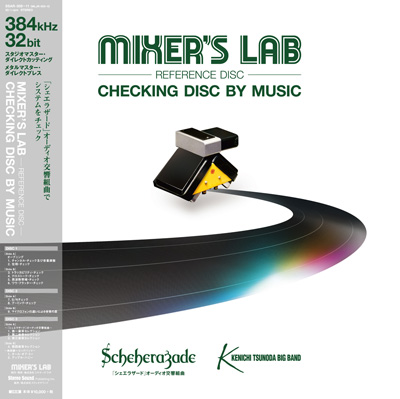

Our seven‑step guide explains how to do it. This is the noise level of a rocket ship taking off.If you're serious about recording and mixing you need to set a consistent reference level to which you can always return. Now, you’re basically talking about weaponized audio. Aircraft takeoff, trains, and quite loudly concerts would fall to the 110+ decibel level.ġ26+ dB: 125 decibels is where sound really begins to get painful. Anything in this degree might provide you with a sound criticism from the neighbors.ġ01-125 dB: 110 decibels and above is the level where other sounds can not truly be heard. Cars without a muffler and gas-powered lawnmowers sit in the 90 to 100 decibel range. This is also the amount that lots of electric lawnmowers (such as the EGO POWER+ Mower) drop in, which makes them considerably more silent than many other outdoor tools.ĩ1-100 dB: This is all about the level at which you’re want to add some earplugs. Standard conversation, the sound of a bubbling flow, along with also the meow of your kitty may generate sound that drops from the 45-65 decibel range.Ħ6-90 dB: A lot of your favourite handheld gadgets, by electrical beard trimmers into blenders, drop at the 70 to 90 range. Soft dialog (like that which you may notice from a library) drops to the 30-45 decibel range.Ĥ6-65 dB: If you’re walking down the road in a little city, this is around the decibel level of the noise you’d hear. Within this variety, sounds are audible but you will have difficulty differentiating them from other noises if you’re somewhere noisy. Sounds that produce decibel levels between 0 and 30 comprise whispers as well as the ticking of a watch.ģ1-45 dB: Here is the decibel level of silent sounds. Most sound within this range is practically inaudible. What Do Different Decibel Levels Mean?Ġ-30 dB: Most human adults can’t hear sounds under 0 decibels. Wearing hearing protectors will help stop harm from the moderate and loud sound. Most instances of noise-induced hearing loss are due to repeated exposure to moderate levels of sound over several decades, not by some instances of very loud sound. Other sounds seem muffled when you leave a place where there’s loud noise.You have trouble talking or hearing other people speak over the noise.Note: dBA = Decibels, A weighted Preventing Harm to a hearingĪ simple method to know potentially damaging sound would be to focus on warning signals that a sound may be harmful to your hearing loss. Serious damage possible in 8 hr exposureĪverage human pain threshold. Likely damage 8 hr expĨ times as loud as 70 dB. Possible damage in 8 h exposure.Ĥ times as loud as 70 dB. The Upper 70s are annoyingly loud to some people.Ģ times as loud as 70 dB. A noise level chart showing examples of sounds with dB levels ranging from 0 to 180 decibels.Īs a frame of reference, here are the decibel levels of sounds you may encounter in your everyday life. To express levels of sound meaningfully in numbers that are more manageable, a logarithmic scale is used, rather than a linear one.

Some people’s ears are more sensitive to loud sounds, The effects of noise on hearing vary among people. The ear has the remarkable ability to handle an enormous range of sound levels.


 0 kommentar(er)
0 kommentar(er)
